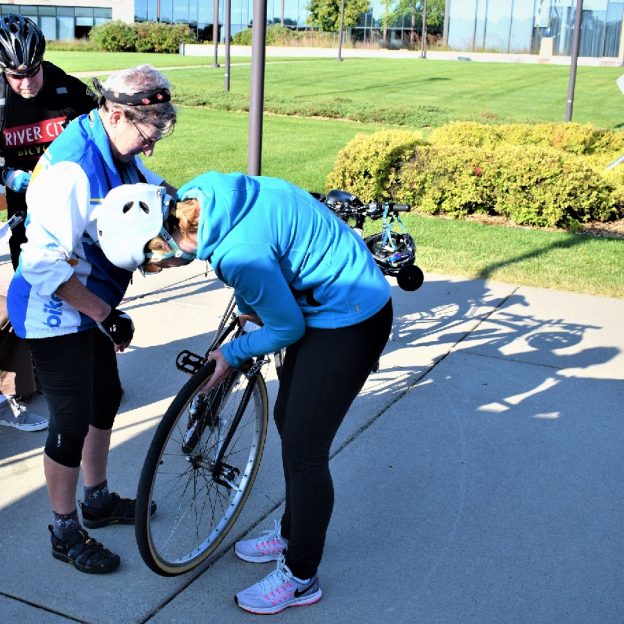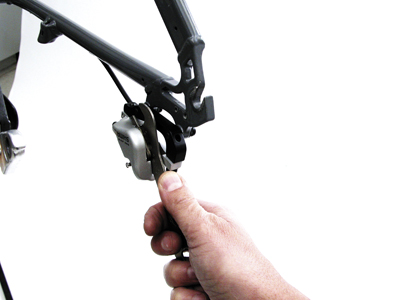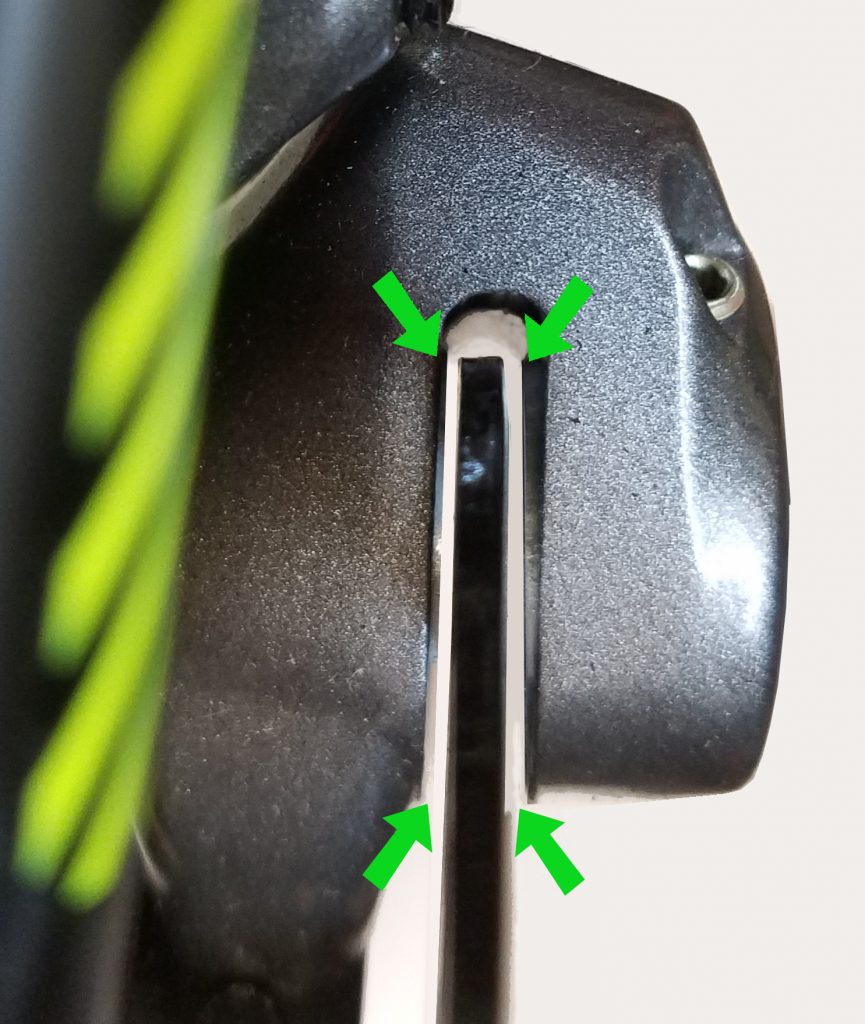by John Brown, HaveFunBiking.com
Disc brakes are taking over the cycling world. It is becoming more difficult to find a new bike without them and that’s for some good reasons. Disc brakes are more powerful, more consistent and more durable than a standard brake. With any new product there are new things you need to learn and here are a few tips we would like to share.
The wheel with disc brakes is the same as with rim brake
Just because your new bike has disc brakes, doesn’t mean that everything is new. In fact, the skills you learned to take the wheel off your old bike with rim (pad) brakes are still completely relevant. Specifically, if you know how to operate a quick release, you can take the wheel off a bike with disc brakes. Consequently, with a disc, there is actually less to worry about than with a standard rim brake. However, if you don’t know how a quick release or thru axle works, read below.
How does a Quick Release work
A quick release allows you to remove your wheel without tools. Moreover, the quick release is installed through the center of your wheel allowing you to clamp the wheel into the bike. Basically, a quick release is a very long bolt with a cam lever on the end. It’s the cam lever that gives the quick release its powerful clamping force. To remove your wheel, simply flip the lever open, and remove the wheel. If it’s a front wheel, you will also need to unthread the quick release nut on the opposite side from the lever.
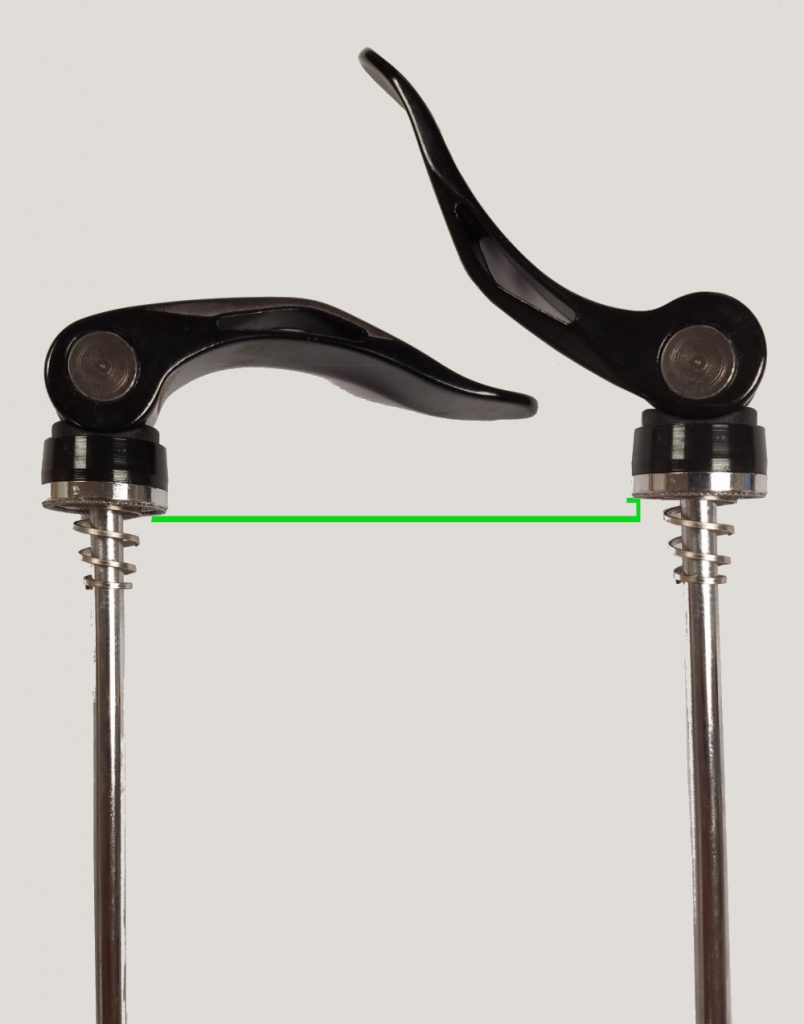
Flipping the lever open widens the quick release. This action is what gives a quick release it’s clamping force.

Quick release levers are marked “open” and “closed” on the lever. Be sure to always close the lever when tightening the quick release lever in place. If the wheel is tight, and you can read “open” the quick release lever is not installed properly.
How does a Thru Axle work
Thru axles work similarly to quick release levers. The main difference is that a thru axle needs to be threaded out of the frame and removed completely for the wheel to come out. Consult your bike manufactures manual for the details on how to remove your thru axle.
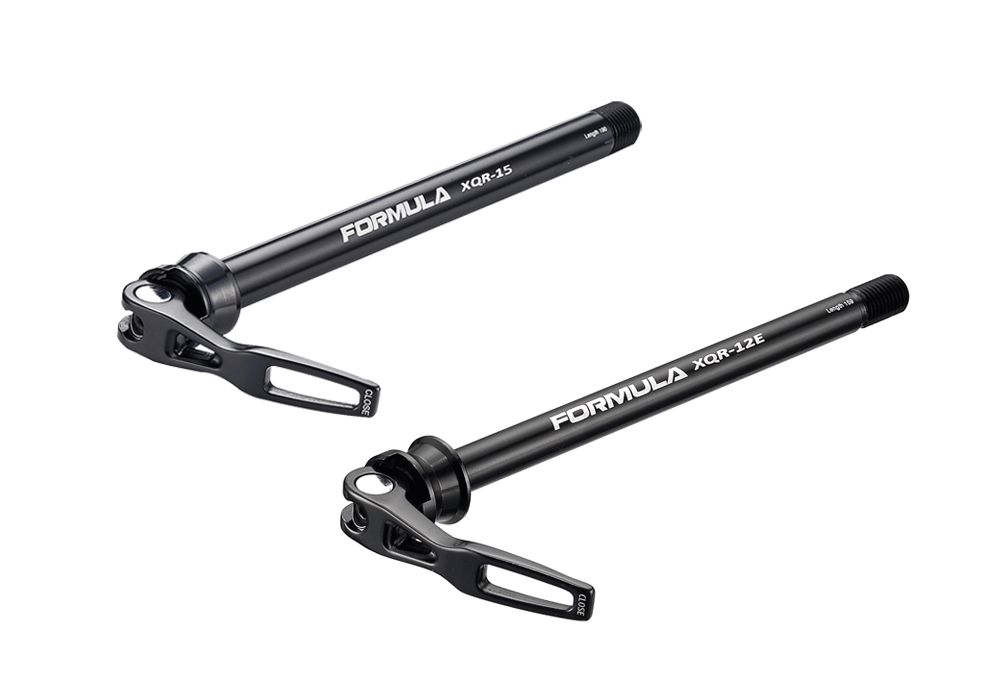
Thru Axles slide through both frame and wheel and thread into place.
So what is difference between mechanical or hydraulic disc brakes?
When it comes to removing a wheel, the main difference is knowing if your disc brakes on your new bike are mechanical or hydraulic disc brakes. The differences come with the way that lever force is transferred to the caliper or pad around the brake disc rotor. At one end there is a cable that operates the brake system, sometimes referred to as mechanical disc brakes. In contrast hydraulic disc brakes use a sealed, fluid filled system as the means apply pressure. In the case of the mechanical disc brake you don’t need to worry about anything. You can open the quick release and remove the wheel with no other issues. For hydraulic disc brakes, you only need to take care not to squeeze the brake lever if the wheel is not in place in the bikes caliper.
You shouldn’t squeeze the lever without a disc rotor in place. This is because of hydraulic disc’s auto adjusting pad (caliper) wear valve. If you make the mistake of squeezing the lever without a disc rotor in place. The valve adjusts as if you just wore through 3mm of pad material (the thickness of a rotor). If this happens, don’t worry, just get a flat piece of clean, oil free, metal to pry the pads back apart again. Even if you spread those pads too far out, once the rotor is back in, a few squeezes of the lever will get the brake adjusted properly again.
Putting the Wheel back In
When replacing the wheel on a disc bike, there is one new detail to take into consideration. Generally speaking, the wheel fits into the bike normally. Just verify that the rotor is inserted into the caliper (pad) properly. For instance, if the rotor isn’t centered into the caliper, it will rub. Therefore, verify that the wheel is centered in the bike straight.
